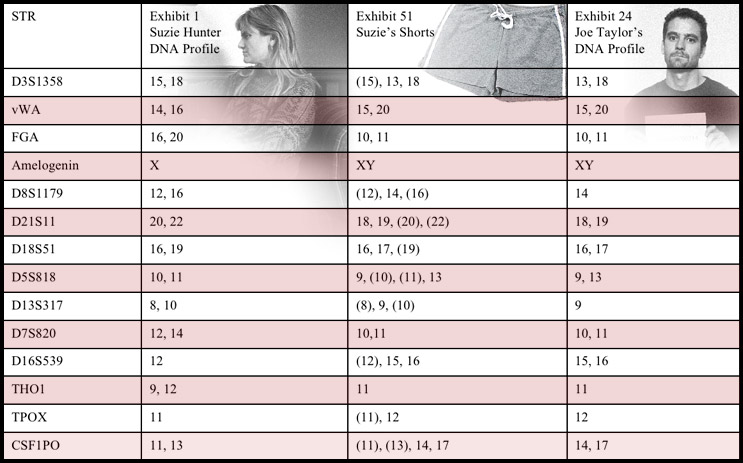Archival Notice
This is an archive page that is no longer being updated. It may contain outdated information and links may no longer function as originally intended.
Home | Glossary | Resources | Help | Contact Us | Course Map
To assist the jury in understanding the DNA analyst's testimony, the prosecutor may consider having a copy of the typing results enlarged and have the DNA analyst circle each match site to clarify the match for the jury.
After testifying to the DNA results, the DNA analyst should testify to the statistical calculations resulting from the analysis. Concerning these calculations, the prosecutor should have the DNA analyst explain that the statistic was derived by using a population database to determine how rare or common each allele is. This method is generally accepted within the scientific community as providing an accurate figure for how often one would expect to see this profile in the general population.
Additional Online Courses
- What Every First Responding Officer Should Know About DNA Evidence
- Collecting DNA Evidence at Property Crime Scenes
- DNA – A Prosecutor’s Practice Notebook
- Crime Scene and DNA Basics
- Laboratory Safety Programs
- DNA Amplification
- Population Genetics and Statistics
- Non-STR DNA Markers: SNPs, Y-STRs, LCN and mtDNA
- Firearms Examiner Training
- Forensic DNA Education for Law Enforcement Decisionmakers
- What Every Investigator and Evidence Technician Should Know About DNA Evidence
- Principles of Forensic DNA for Officers of the Court
- Law 101: Legal Guide for the Forensic Expert
- Laboratory Orientation and Testing of Body Fluids and Tissues
- DNA Extraction and Quantitation
- STR Data Analysis and Interpretation
- Communication Skills, Report Writing, and Courtroom Testimony
- Español for Law Enforcement
- Amplified DNA Product Separation for Forensic Analysts


